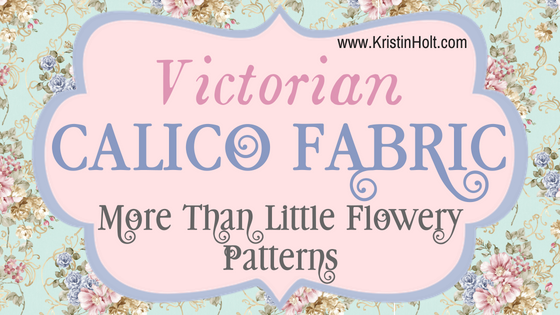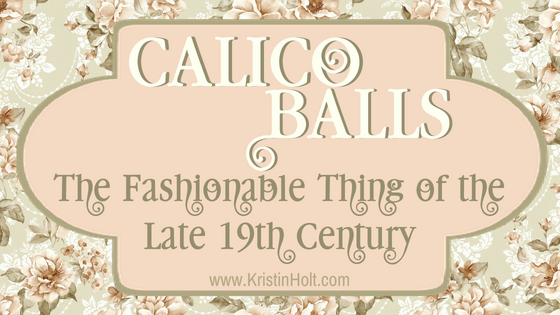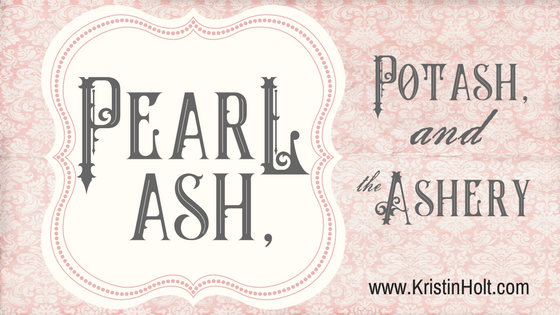
by Kristin Holt | Jun 16, 2018 | Articles
Nineteenth Century popular belief–wholly supported by Medical Doctors’ and scientists’ claims–genuinely believed that educating females in the same manner as males invited an entire host of disastrous results. Those terrifying results included everything from destruction to the woman’s reproductive system, mental breaks (yes, insanity!), and a long list of physical diseases. Because the vast majority believed these consequences to be true, women weren’t allowed to seek education in a male-dominated classroom. The battle over co-education continued long after the late 19th Century for these reasons. Not only was the woman’s mind and body at terrible risk, should she be educated like a male, but everyone knew a female mind couldn’t take in significant learning.

by Kristin Holt | Jun 12, 2018 | Articles
What IS calico? Where did it come from, and who used it to fashion clothing in the nineteenth century? Why did Calico appeal to working women? Why was Calico the fabric of choice for Calico Balls?

by Kristin Holt | Jun 5, 2018 | Articles
One (unnamed) high-society New York City hostess started a fad that lasted fifty years…
The Calico Ball. Not only was the style of party highly fashionable, it also ensured help to those who needed it most.

by Kristin Holt | Apr 30, 2018 | Articles
I’ve recently covered leavening agents in Victorian Baking, including saleratus and baking soda (let’s not confuse salsoda!). But what of the “pearl ash” noted in early American cook books (1796)? Asheries were a significant part of 19th century life, as ashes (can you imagine?) were a significant export from the United States and Canada. Come see what pearl ash was, how it was made, and what an ashery was all about.

by Kristin Holt | Feb 26, 2018 | Articles
19th Century Ladies Fashions included gigantic sleeves known by many names: Leg of Mutton, Marquise, Balloon, etc. Highly fashionable, women wore them to work at home, to “walk out”, to sit for photographs, and on their wedding days. Highly fashionable for a period of time in the 1890s (through the turn of the century), they’ve returned at least twice: mid 1980s and in 2016. A favorite? You decide.













